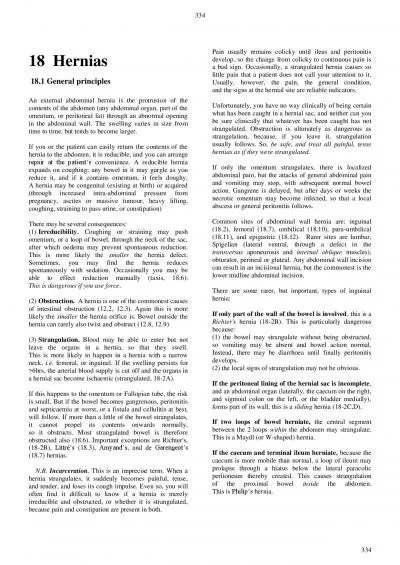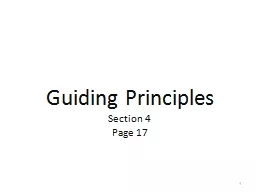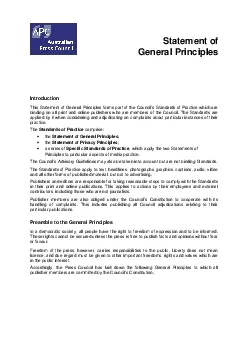PDF-General principles
Author : fiona | Published Date : 2022-10-14
334 334 18 Hernias 181 An external abdominal hernia is the protrusion of the contents of the abdomen any abdominal organ part of the omentum or peritoneal fat through
Presentation Embed Code
Download Presentation
Download Presentation The PPT/PDF document "General principles" is the property of its rightful owner. Permission is granted to download and print the materials on this website for personal, non-commercial use only, and to display it on your personal computer provided you do not modify the materials and that you retain all copyright notices contained in the materials. By downloading content from our website, you accept the terms of this agreement.
General principles: Transcript
Download Rules Of Document
"General principles"The content belongs to its owner. You may download and print it for personal use, without modification, and keep all copyright notices. By downloading, you agree to these terms.
Related Documents














